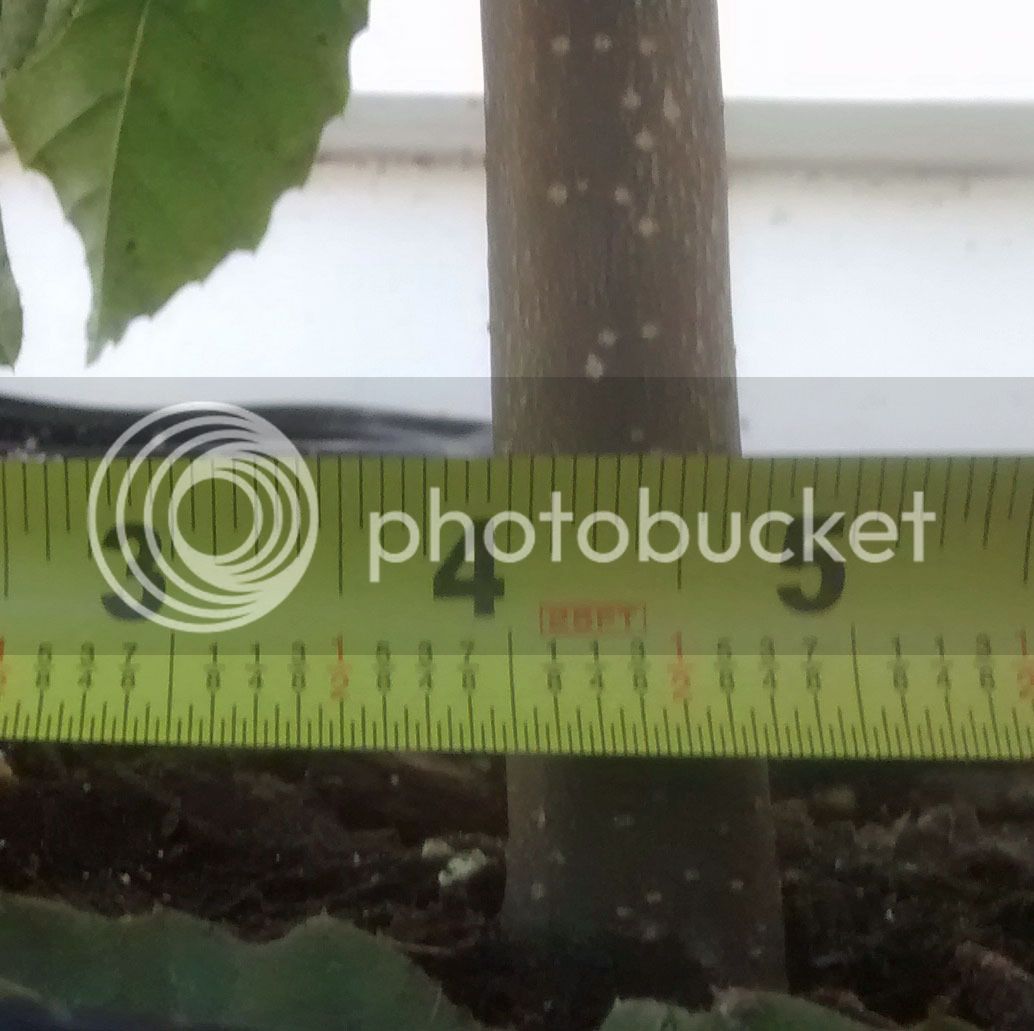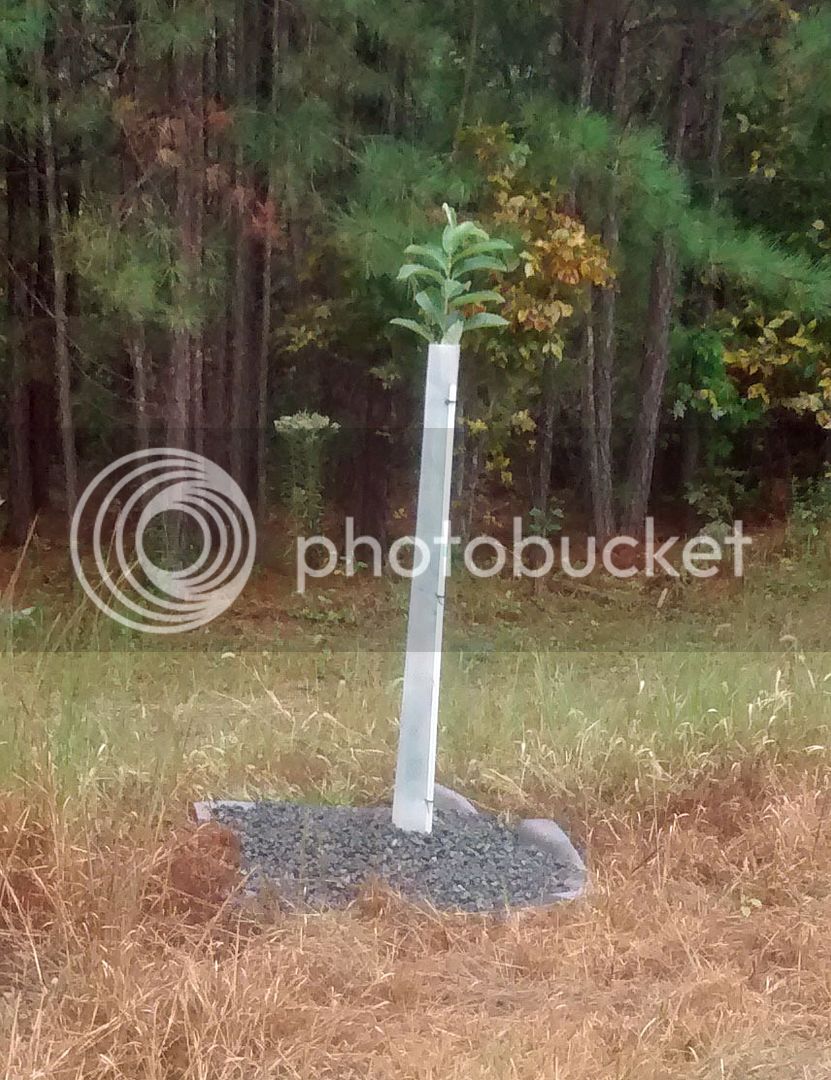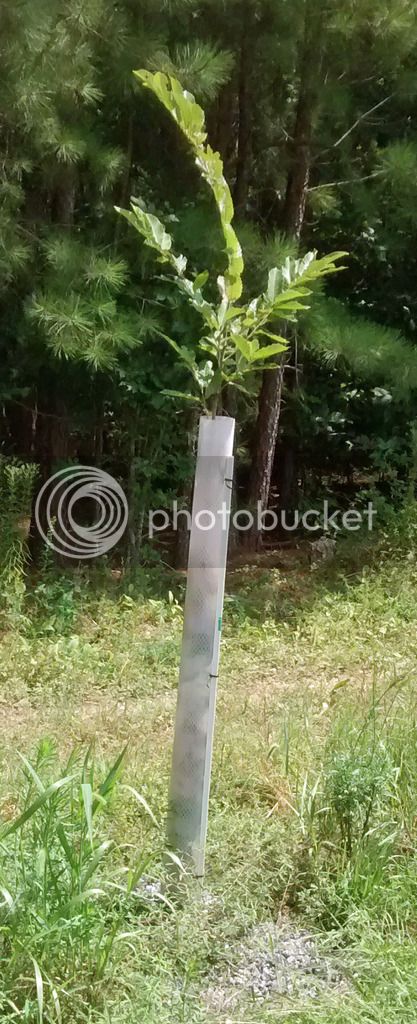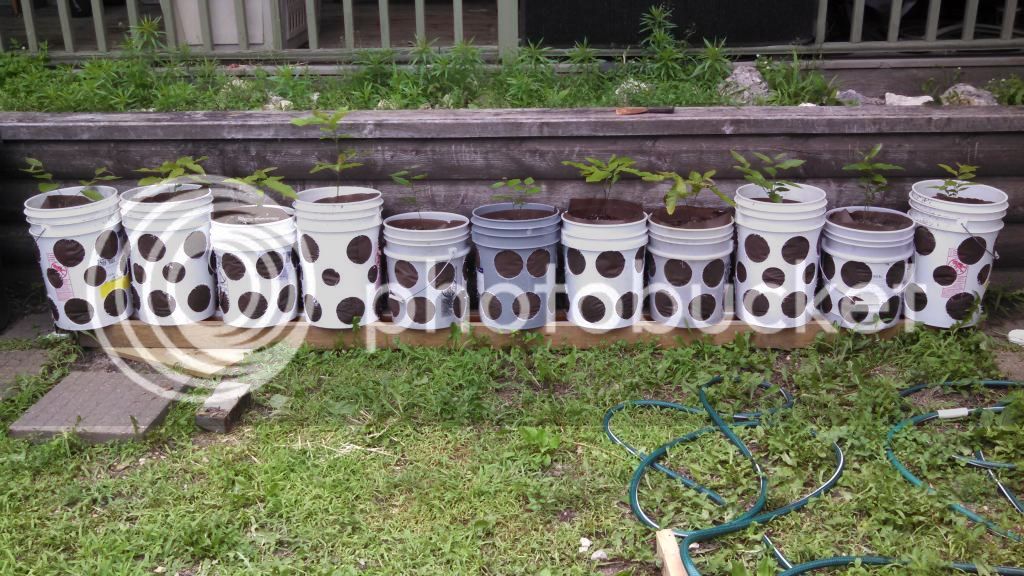So people grow these containerized trees, get more growth because they can be babied, grown in ideal growth medium, fertilized well, watered with ph monitored water, etc. etc. etc.
Then, those trees are planted into the same soil they would have been planted into if direct seeded...where they aren't babied, aren't in ideal growth medium, aren't fertilized on any set schedule except perhaps once annually in the spring....and this is done to get a "superior" tree?
Exactly what was gained?
I'd love to see actual research (not research funded by someone with a vested interest in the outcome) showing that a tree grown in Whitcomb's system is "superior" in any way to a direct seeded tree at year 10, 20, 30 and beyond.
Great observations and I think you got it right. Every time we perform wildlife management we selectively advantage one part of nature over another. Whether we are advantaging certain plants by the use of herbicide, hinge cutting, planting food plots, letting young bucks walk, we try to favor one over another. It is the same thing with the root pruning containerized trees. There are two factors at play here. For those of us that don't live near our final location for the trees, we can accelerate growth through optimizing the factors you describe during that first growing season. The second factor is the much denser more efficient root system. The efficiency of a root system is related to the number of tiny terminal roots. A deep tap root is sacrificed for much faster and denser root branching. So, when a tree is planted it is advantaged over trees of similar age spending energy on a tap root. While those trees have an advantage in a severe drought until established, if water is available during establishment, the efficiency of the root system makes better use of the available nutrients and water in the field.
However, you bring up a point that has not been discussed and it is a challenge to be overcome with rootmaker trees. If you use native soils as your medium in containers, you will likely get suboptimal results. The medium we use is very well drained with lots of small voids. This provides the area for the secondary and tertiary root branching to fill. In many places the native soils don't provide these characteristics. I have really had to work and study to deal with my situation. I have heavy clay soils. The difference between water infiltration between clay and promix can cause a lot of problems if you are not careful with planting. The promix can effectively create a pond in the clay during times of ample rain and conversely, the promix can dry out much faster than the clay during times of little rain. So, I could easily drown chestnuts in the spring and desiccate them in the summer in my area if I'm not careful.
For folks planting root pruned trees into heavy clay, here is the technique I use. First, I use a tractor auger that is very close to the size of the Rootbuilder II container I'm transplanting from. Next, I did a very deep hole. I amend the hole below the tree with a mix of native clay and #57 quarry stone (at least that is what hey call it here). I then cover that with a little clay and then insert the root ball. I fill the around the sides with unamended native clay. I also take care to make sure the tree is not planted in any kind of dip where ground water would run into the hole during rain. I plant so the top of the promix is about an inch above the natural soil level. I then create a small ramp using native clay. The idea is to prevent any ground water from draining into the hole and only rain that falls in the hold infiltrates.
The concept is this. During our spring time when rain is ample, I don't need to worry about it drying out. Any excess water will not say and give the chestnut wet feet, but will infiltrate below the promix and any pooling will occur below the root ball. Since these trees begin to grow almost immediately when planted, it doesn't take long for the roots to move out of the promix into the native clay. The native clay holds water well. So, the reason the hole is very close in diameter to the container is so that the lateral roots don't have far to grow to get sufficient water from the native clay during our dryer periods of summer.
Back to your final point which is a good one. Always be skeptical of studies funded by folks with commercial interest. In this particular case, I think it is reversed. Most of the older studies came first and that resulted in patents that were eventually commercialized. Fortunately, much of the research was published in professional peer review journals and subject to scrutiny.
As for "superior", I think that is highly subjective of the criteria one establishes. So, while I don't live an area where lack of water is a major issue and establishing larger trees faster that produce well is my goal, root pruned trees are a good fit for me. That doesn't make it the best way for everyone.
I'm happy to share my successes and failures with anyone who decides to go this route. I know Wayne (Wpbdeer) has really focused on helping guys with chestnuts specifically. I started with them but branched out to a number of kinds of trees.
Thanks,
Jack









